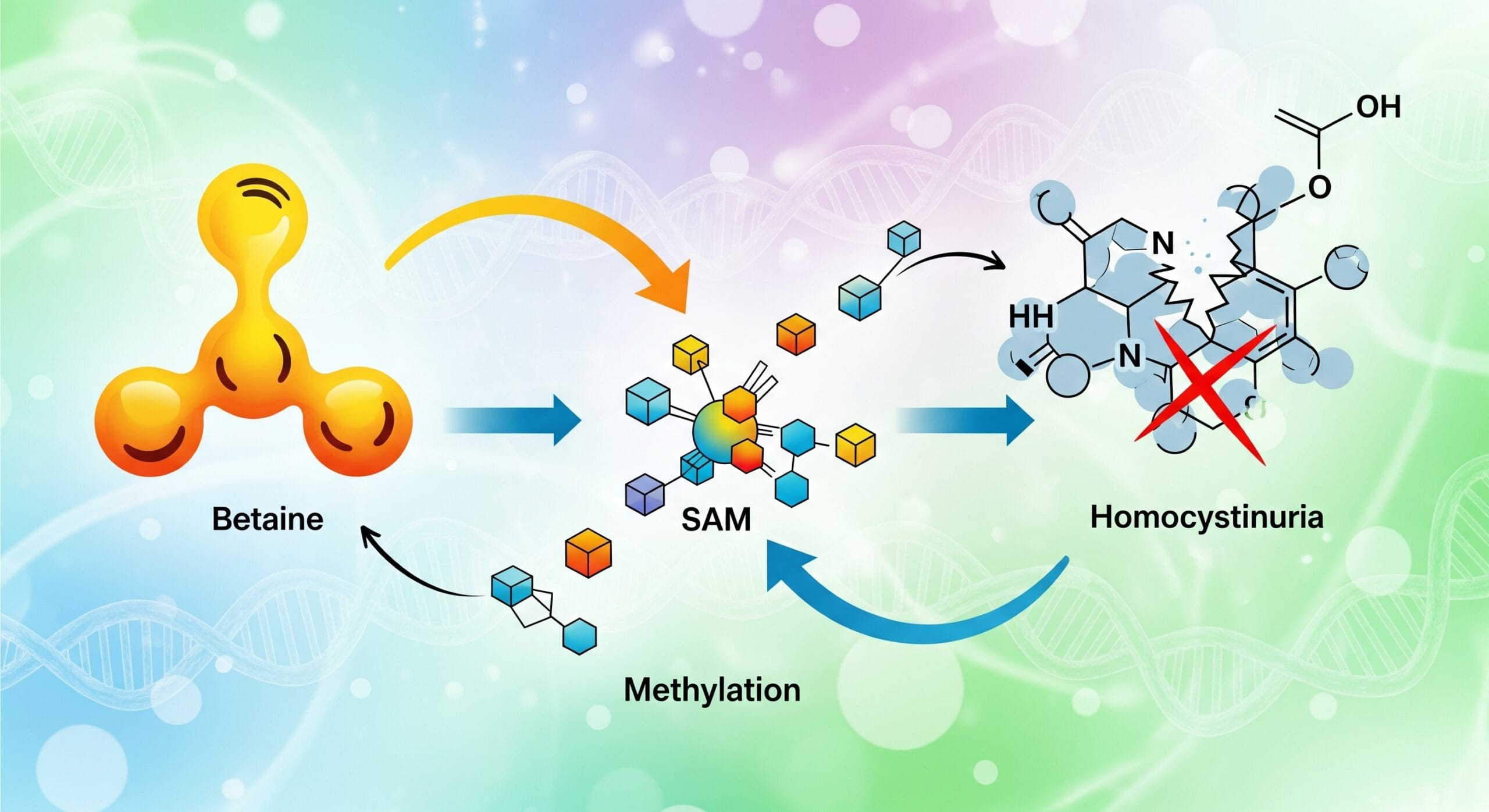Stephen Hawking is a world renowned English theoretical physicist, cosmologist, and author. He is what many people call a genius visionary whose knowledge is only limited by what science has yet to find out. Despite his tremendous achievements, he is currently much more recognized to be the symbol of a crippling disease: Amyotrophic Lateral Sclerosis or more commonly known as ALS.
ALS, sometimes called Lou Gehrig’s disease, is a rapidly progressive, invariably fatal neurological disease that attacks the nerve cells responsible for controlling voluntary muscles. The disease belongs to a group of disorders known as motor neuron diseases, which are characterized by the gradual degeneration and death of motor neurons.
After some time, the outcome of the disease is the exact image Stephen Hawking is currently, and unfortunately, associated with.
As the disease progresses further, all muscles under voluntary control are affected, and individuals lose their strength and the ability to move their arms, legs, and body. When muscles in the diaphragm and chest wall fail, people lose the ability to breathe without ventilatory support.
Most people with ALS die from respiratory failure, usually within 3 to 5 years from the onset of symptoms. However, about 10 percent of those with ALS survive for 10 or more years.
Engineered Mutation: Key To ALS Prevention
There is no cure for ALS (right now) but we can prevent it according to a new study by Nikolay Dokholyan, Ph.D. His proposal was to stabilize the superoxide dismutase 1 (SOD1 ) protein which is what causes twenty percent of known ALS cases. Mutations of the SOD1 protein leads to development of protein clumps that are toxic to motor neurons.
While a mutation causes ALS, Dokholyan proposes an engineered mutation might lead to the exact opposite and actually help prevent ALS from occurring.
“Here, we find that a phosphomimetic mutation, T2D, thermodynamically stabilizes SOD1 even in the context of a strongly SOD1-destabilizing mutation, A4V, one of the most prevalent and aggressive ALS-associated mutations in North America. This stabilization protects against formation of toxic SOD oligomers and positively impacts motor neuron survival in cellular assays.”
In a news release, Dokholyan said “The identified mutation mimics a natural process called phosphorylation, thus suggesting that there may be a natural, or endogenous, mechanism to stabilize SOD1 in cells and prevent the protein from forming toxic oligomers in people without disease.”
The engineered mutation copies a natural tagging of the SOD1 protein by a chemical phosphate group. This process further supports the notion on how both environmental and genetic factors cause the behavioral changes of SOD1 in a way that ends up becoming the ALS disease.
The research data may not only pave the road for the creation of medicine capable of boosting SOD1 phosphorylation motor neurons as a way to treat ALS patients, but it might also allow scientists to look for alternatives to stabilizing the protein to prevent it from clumping.
“These findings imply that T2-phosphorylation may be a plausible innate cellular protection response against SOD1-induced cytotoxicity, and stabilizing the SOD1 native conformation might offer us viable pharmaceutical strategies against currently incurable ALS.”
Understanding the SOD1 protein
In healthy individuals, SOD1 forms pairs inside cells. Researchers have long known clumps of the protein are present in motor neurons of patients with ALS but the team at Dokholyan’s lab found out it was the formation of so-called trimers — the formation of three SOD1 protein molecules — that resulted to the toxic effects in nerve cells which ends up killing them.
Multiple studies have shown both gene mutations, as well as changes in the metabolic processes of the protein, makes it prone to aggregate. To determine what kind of changes were required to stabilize the protein, the team conducted various computational modeling which later resulted to identification of a specific modification: Placing a phosphor-tag on a particular site on the protein.
What is the significance of placing a phosphor tag?
Phosphorylation is a system extensively used throughout the body to alter the behavior of proteins, but for SOD1, it has been difficult to study the effects of such phosphor-tags in the lab.
The research team came up with an alternative solution: engineering a SOD1 protein with a mutation that mimicked the placement of the phosphor tag. Analyses showed the mutant looked and behaved just as the naturally occurring protein which is important so as to not elicit an allergic response from the host.
To test if the modification did prevent protein aggregation, the team introduced the mutation in a cell type that already harbored a mutation that caused SOD1 to clump. The result? The new mutation was able to rescue the affected cells from toxicity and created an environment where the cells affected by the previous mutation didn’t die.
What we can look forward to
Treating ALS in patients is still a foggy road to walk onto but this new discovery on preventing the onset of such a physically crippling disease might branch out to more experiments, experiments that will hopefully lead to a cure. For now, prevention is the only option we have but we’re going to take it anyway. Understanding if you have a SOD1 mutation may be the first step.
References:
- Fay JM, Zhu C, Proctor EA, et al. A Phosphomimetic Mutation Stabilizes SOD1 and Rescues Cell Viability in the Context of an ALS-Associated Mutation. Structure. 2016;
- Derewicz, M. (n.d.). New ALS discovery: Scientists reverse protein clumping involved in neurodegenerative conditions. Retrieved October 11, 2016, from http://medicalxpress.com/news/2016-09-als-discovery-scientists-reverse-protein.html








